*By Natalie Taylor*
I recently had the chance to attend the annual Terroir Symposium (Terroir) at the AGO. I like to think of Terroir as “food thought leadership.” In three words, it can be summed up as: Food. Culture. Community. The dictionary meaning of the word, Terroir, is: “the complete natural environment in which a particular wine is produced, including factors such as the soil, topography, and climate.” (Merriam Webster Dictionary.) Though the conference does have wine sessions for industry professionals, the meaning of the word and the symposium transcends beyond wine: it enables us to get to the roots of the issues, topics, and trends that food professionals are facing today. Specifically, understanding where our food is coming from and how that is transforming our communities.
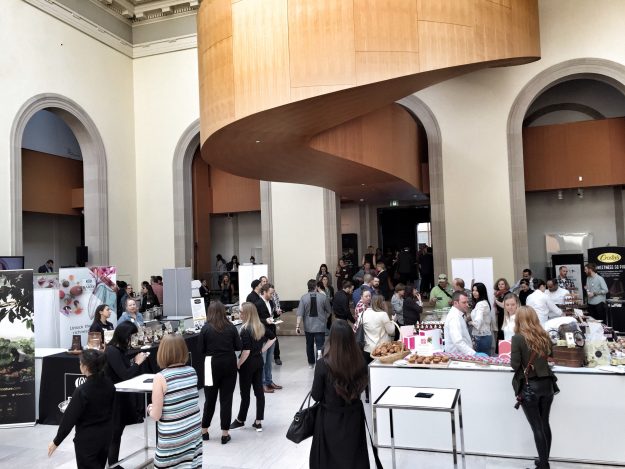
Terroir explores a different theme each year. In its 11th year, to celebrate 150 years of Confederation in Canada, this year’s symposium was about the roots and exploration of Canada: how we got to where we are today by honing in on perspectives from people of different generations, cultural heritage and geographical location. Sessions took place concurrently on three major themes: agriculture and fishing, diversity, and youth mentorship.
The Food
Out of all of the conferences I’ve been to I have to say Terroir really walked its talk. A food conference has to have delicious food and when you’re feeding chefs and those in the food industry, there is a next level of service that happens. From the breakfast in the morning (think: breakfast poutine with a boiled egg on top; mini pancakes; tourtiére “sausage rolls”; and cheese tastings at 7 a.m.) to a robust lunch buffet throughout the AGO atrium, the food really encompassed the diversity of Canada and stayed true to its theme.
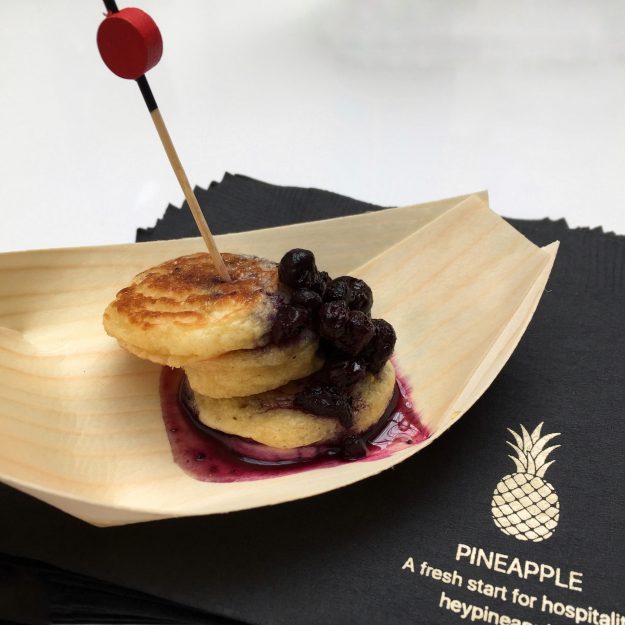
Renée Bellefeuille, executive chef of the AGO, did a phenomenal job of recreating classic French Canadian dishes for breakfast. Ocean Wise sponsored lunch featuring Canadian sustainable seafood from 13 of Toronto’s different chefs. It was a great way to sample food from the restaurants I haven’t been to like Michael Hunter’s albacore tuna donburi (wild B.C. salmon roe, brown sushi rice, and ginger pickled fiddlehead); and Leña’s shrimp ceviche, sweet green tomato, nasty sauce, and milk mayo. It was hard not to keep eating the Drake Hotel’s oysters and Chef Alexandra Feswick’s tamari-pickled shiitake mushroom poke.
In between talks, of course there were snacks sponsored by Cacao Barry and La Banane’s Brandon Olsen was there in full force with his CXBO chocolates. Think: smoked maple caramel, walnut with 28% blanc satin or Lot 40 Canadian whisky, sour cherry, cedar with 38% Lactee Supereleure milk chocolate. What I love about our Toronto and Canadian chefs is how inventive they are and how they create dishes with what they’ve got.
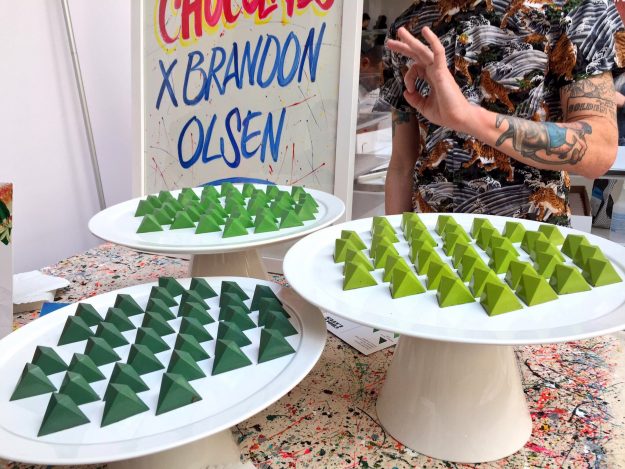
Of course, there were drinks. First up: sapsucker, a maple tree filtered water (because: ONLY in Canada!) and quickly onto the booze, KetelOne Vodka had a build-your-own caesar station. I met a few people just by standing in line at this station. (Yes, I was at this station as much as I could be there. Ha ha). Simon Hooper of Rush Lane bar and his team kept attendees busy with their hand-crafted cocktails as well.
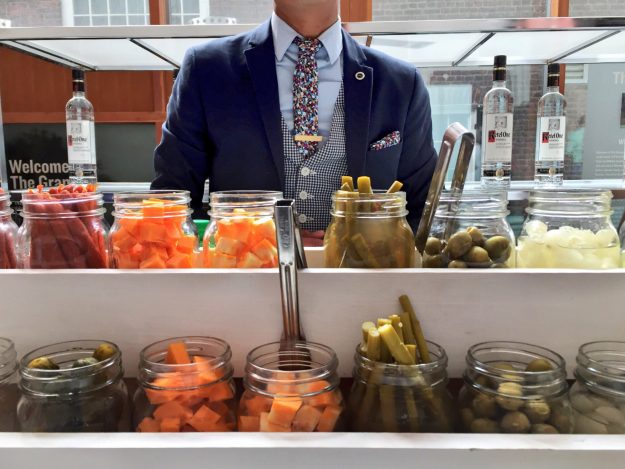
Symposium Highlights
The sessions I visited mainly highlighted education and culture. I wanted to get a deeper understanding of terroir and what the experts thought about how if affects us.
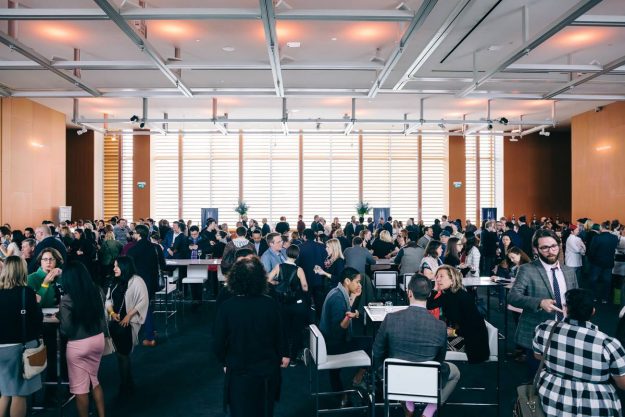
Photo c/o Terroir Hospitality.
Session One: What Terroir Tells Us
What I discovered is that there are a number of chefs, winemakers, and food writers doing really incredible things in Canada. Like Adamo Estate Winery beside Hockley Valley, north of Toronto and away from the popular wine counties of Niagara and Prince Edward; where they use geo-techstyle blankets to ensure their grapes are protected and in turn, are producing really interesting wines (all I have to say is that their rosé is ON POINT). Tarrynn Liv Parker, a writer and photographer from the Okanagan Valley in British Columbia, took the theme of the chat literally. Her story is an interesting one: she wrote “The Field Guide,” a guide to the Okanagan Valley and now is working on her next project called The Market Cook, where she sources, cooks, and buys only from Farmers Markets. She recalls, “we have bonds now. The stories are in the food. When I’m at home preparing the food, that energy is with me shared with whomever I feed. This to me has taste and expresses nature in love, all facets of terroir. From the seed, from the ground up, food is collecting energy. When we eat this food, this energy becomes us and we are what we eat.”
Moreso, she states that “Industrialism has taught us to seek flavour or an idea of a flavour. We can’t have pineapples in Canada in December; not if we want to experience true terroir.” This made me think about how this all ties into getting back to the land; to the source of our food and how it nurtures us. It also goes back to what our values are and who we are. Parker ended her thoughtful discussion with some introspective questions:
“Tell me what you eat and I’ll tell you what you are. The inputs become us. How do you think you taste? How can you work within your own terroir and unique flavour in the world?”
Marion Kane, also known as the Toronto Star’s ‘Food Sleuth,” discussed her investigation into Canada’s iconic foods: the McIntosh Apple, poutine, and butter tarts. Funny enough, poutine was based on a slang word for “pudding;” what grandmothers used for the food what was a “mix of all things put together;” and very appropriate for what Canadian food is now.
Travel Writer, Nikki Bayley — a British expat– expanded Canadian food through the experience of her adventures; that Canadians take what they have and turn it into something. For instance, vodka or beer being distilled from icebergs in Newfoundland. The issue is that exported Canadian ingredients–mustard seed from the Prairies used in French mustard–aren’t getting the recognition they deserve but are slowly starting to be appreciated. Bayley points out that Canadian food is becoming a mosaic and not a melting pot. (My note: who else is tired of hearing of Canada as a “melting pot?”).
Session Two: The Road Map to Exceptional
A few globetrotters discussed how to bring back ideas of how we can be inspired at home. One of the best talks was from Ivy Knight, who used the stories from VICE column, In the Belly of America, to discuss Canadian and American politics; and how America’s perception of Canada is changing. “The fact that America didn’t care about us used to drive us crazy. We would turn into Celine Dion, thumping her chest and wailing on air guitar. I use to care about Canadian food identity and being recognized by America besides our stereotypes. Not anymore. A combination of Trudeau, great health care, our love of immigrants, no mass shootings, etc. have combined us to become fully realized as the Celine Dion superstars we were always meant to be.” The way that Knight has been able to talk to people has been through the food of the streets: in diners and through a hot dog meditation in an AGO theatre. “We are all just people and we all just want delicious food.”
Aman Dosanj, who blogs on The Paisley Notebook, set out on a world adventure for eight months and came back inspired with a food memory project called: “Say it Like You Eat it.” She shares “real food stories by real people, using their own words.”
Dosanj says, “if you take the time to talk to people, listen to what they have to say, and keep an open mind, be prepared to be amazed.” From there she was able to relay stories of fishermen, ex-sex trade workers, and environmental activists to name a few of the diverse group of people she talked to across Italy, Fiji, Cambodia, Thailand among the ten countries she visited. But that’s the thing; as Massimo Bottura has said, “cooking is a call to act.”
Session 3: Cooking Up Our Future
This session discussed how we can mobilize youth on their journey to responsible citizenship. It was a topic close to my heart as I had worked for a culinary school in the past and was curious to see what the group of experts had to say. Lulu Cohen-Farnell, founder of Real Food for Real Kids said that we need inclusive menus for kids. “Ditch the separate menu for kids of burgers, fries, and chicken nuggets and bring on the beauty I know you can create!” Her suggestion was to have one menu with many different dishes in smaller portions.
For Jean-François Archambault, Founder and CEO of La Tablée des Chefs, he is using the kitchen as an ingredient of social change. The winning recipe is to feed and educate. Archambault is the leader of a liaison between surplus producers in the HRI (hotels, restaurants, institutions) sector and organizations that distribute to people in need. His team works to distribute food to food banks as well as host culinary workshops and schools; instead of food going to waste, 600 culinary school students in Quebec are mobilized to prepare meals benefitting food banks in Quebec. On the education side, kids in youth centres are getting culinary training from trained chefs; culinary brigades are being formed in secondary schools in underprivileged areas, and culinary and nutrition knowledge is imparted to kids at camps. Other pilot projects include imparting both learning to cook and learning French at the same time for kids in Vancouver. What I love about these initiatives is how the community is coming together to take those skills to newer generations; skills our kids need now more than ever in a world of instant gratification and ease.
Mentorship was also a topic of discussion and two young chefs, Justin Daniel Tse and Alex Hon discussed the pros and cons of mentorship. “Not everyone is going to have your goal,” they said. “Recognize that and help them achieve their goal.”
Session 4: Canadians of the 21st Century
I really liked this panel because immigration is a way of life in Canada and it impacts our culinary identity. I was fascinated by reporter, Ann Hui’s quest to find out why there is a Chinese restaurant in every town across Canada, which will be documented in her book, Chop Suey Nation, next year. Unsurprisingly, the “Chinese food” we eat in North America is not “real” Chinese food; rather a mish-mash of whatever happens to be available that would appeal to Western palates. Chicken balls, for example. Flour, water, batter, chicken. Or “fried macaroni” in Lachute, Quebec. “Chop Suey,” then is based on Canadian tastes and Canadian ingredients in order to survive the Canadian dream realized.
For Suresh Doss, living in Scarborough, Ontario with a wave of other Tamils and Sri Lankans, meant that there was cultural preservation. It’s no surprise that now, this writer and multi-media producer, hosts tours to the restaurants in Toronto’s suburbs to find, discover and devour authentic ethnic food. The term “mosaic” resurfaces. “We’re preserving so many of the cultures being threatened right now”, he declares.
Newcomer Kitchen
After a day of absorbing knowledge, this was the welcome break in the afternoon of –you guessed it–more food. It is where the Terroir Symposium really walked their talk again. The Newcomer Kitchen was developed by the founder of The Depanneur in Toronto, Len Senater, a place where interesting food things happen and meaningful food memories and experiences can be made. After the displacement of Syrians who fled to Canada, he created a nonprofit called Newcomer Kitchen where Syrian refugee women cook a weekly meal. The meals are then sold online for pickup or delivery; the proceeds shared amongst the cooks.
The women were invited to cook and serve at Terroir, to be part of the bigger aspect of the food community and for attendees, like me, to discover their delicious food. There were platters of labneh (a dip/cream cheese made from strained yogurt), kibbeh (balls of bulgur, beef/lamb/goat, Middle Eastern spices), and yalanji (stuffed grape leaves). After a day of discussing what it means to cook and eat “Canadian” food, I don’t know if there was a better way to demonstrate this. The best part about this is that it makes you want to act; it makes you want to support and it makes you realize that as a part of the human condition, that connection via food makes us feel a little less alone in this world.
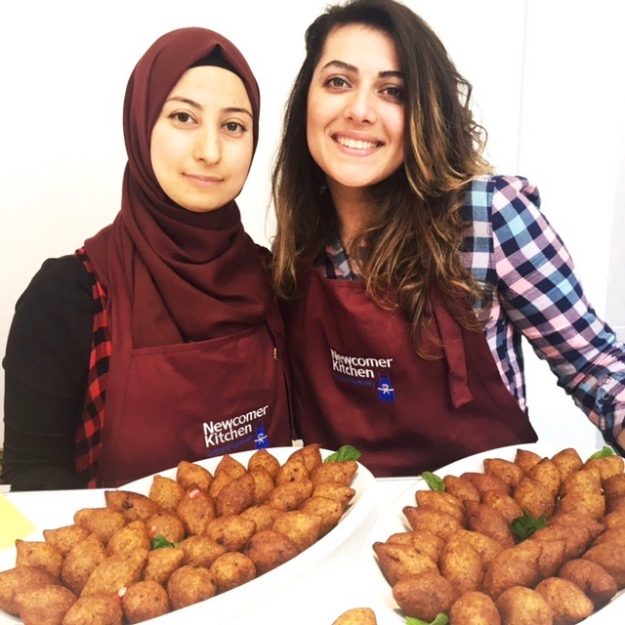
A big thank you to Renée Lalonde for the invitation to this wonderful event; to Rebecca Mackenzie for bringing awareness to Canadian food experiences, through her company, the Culinary Tourism Alliance, and to Arlene Stein, who imagined it all; to bring a food industry collective together to educate, learn, and nourish each other.

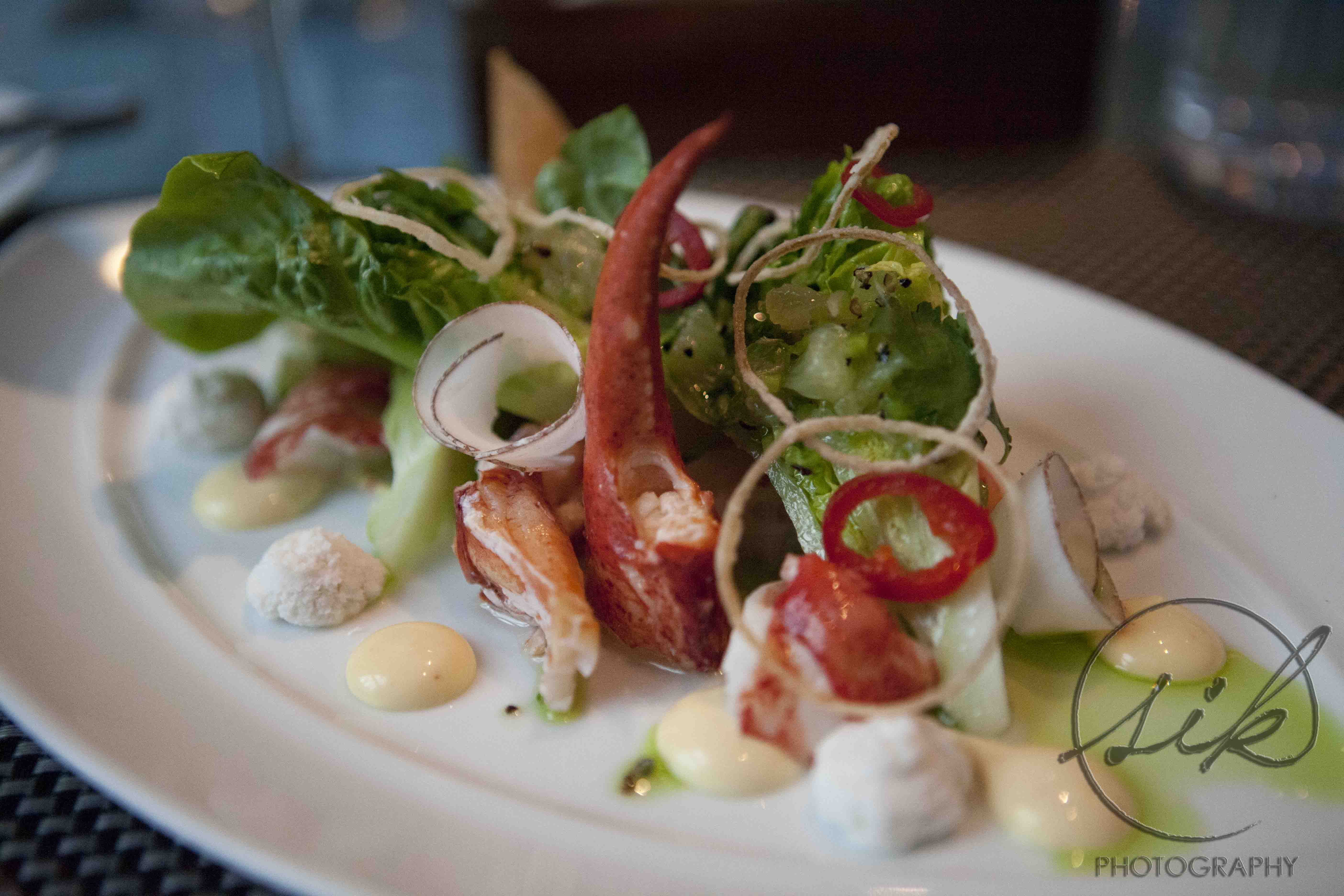

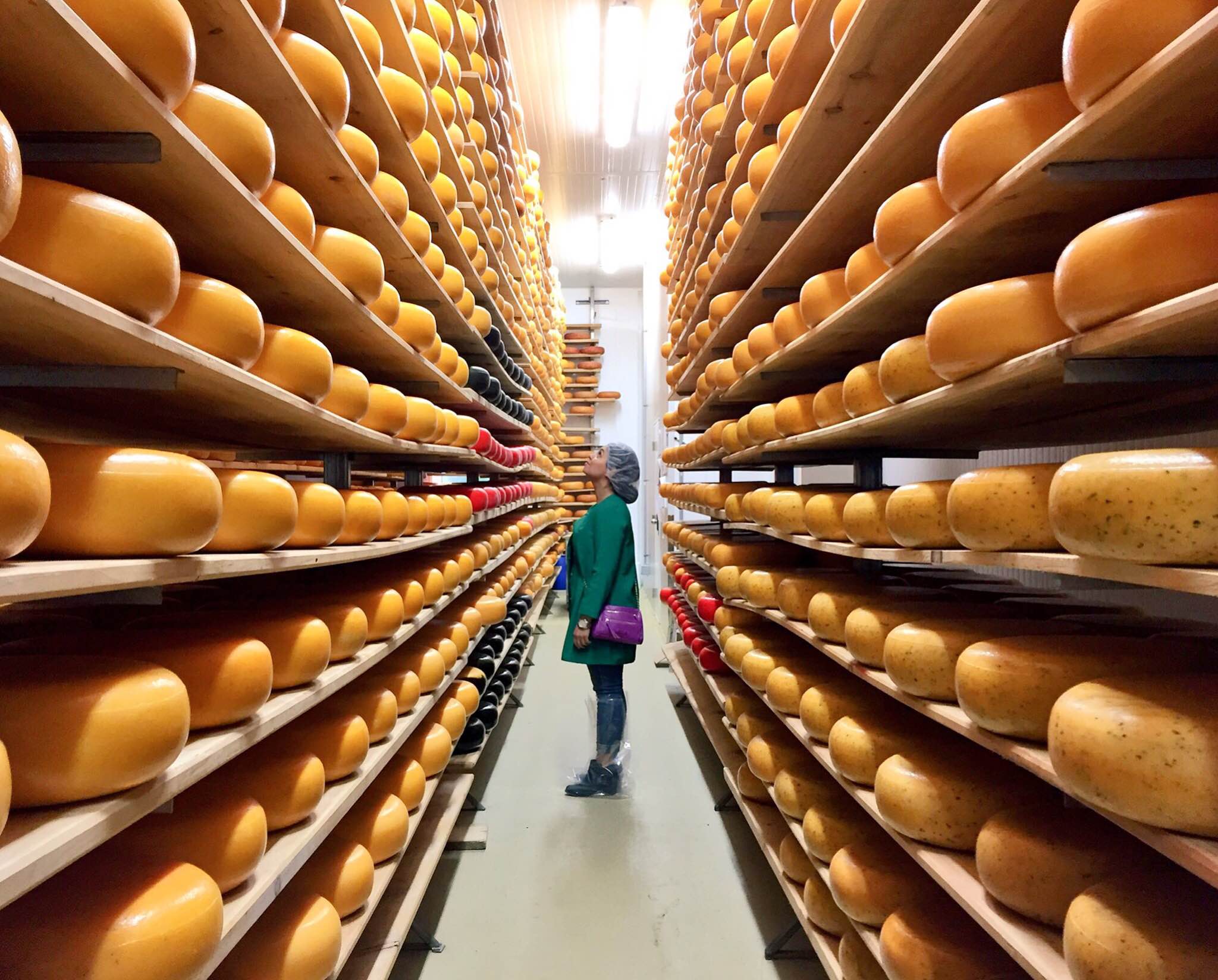
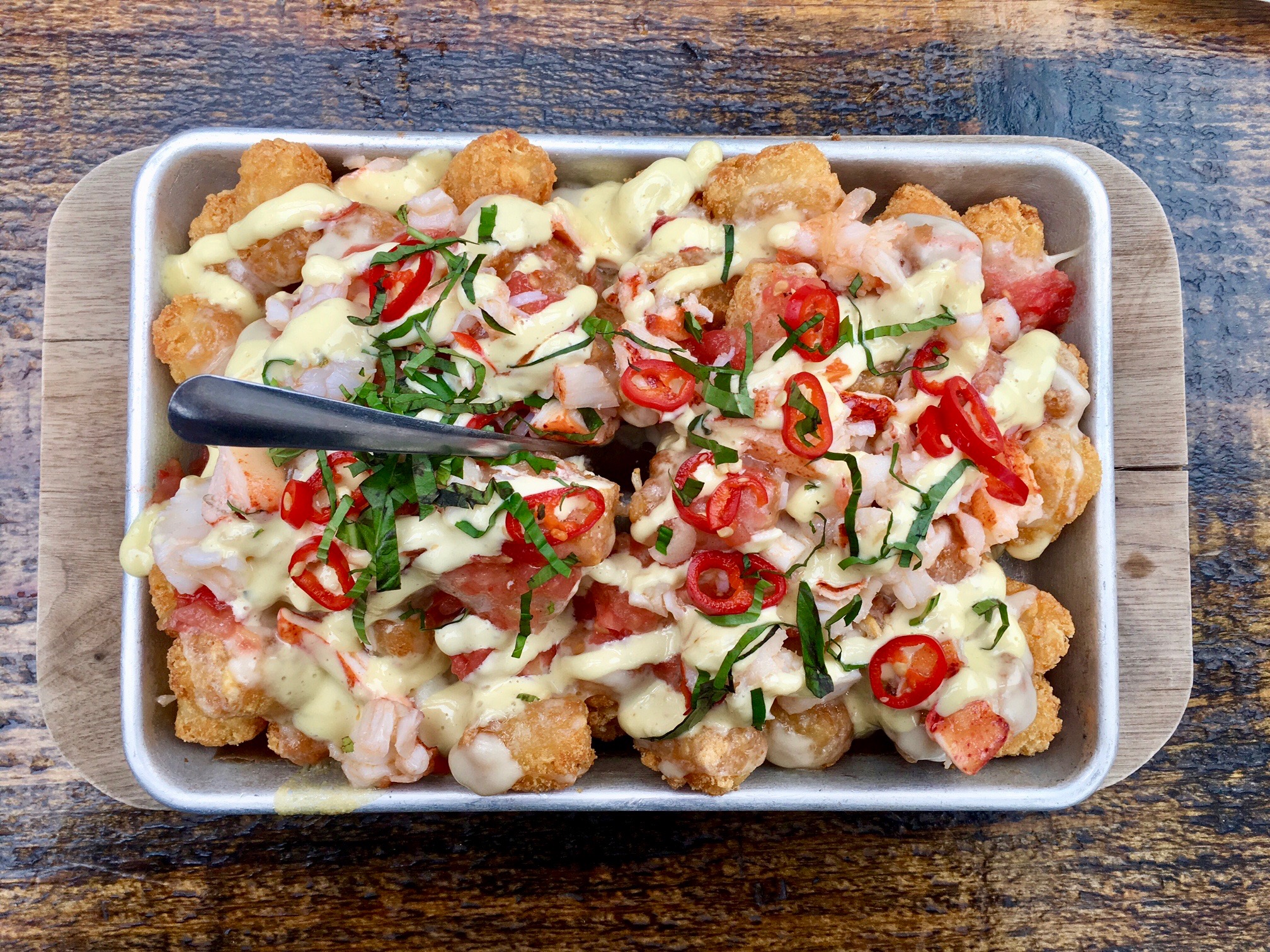

No Comments